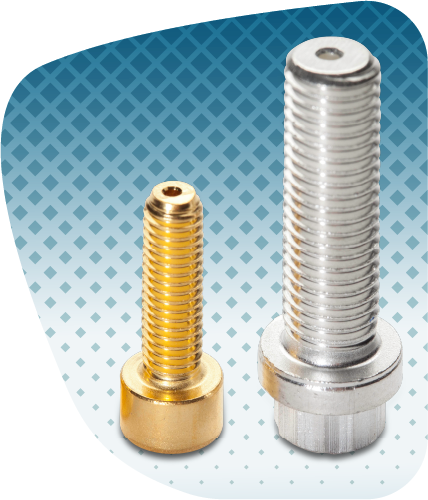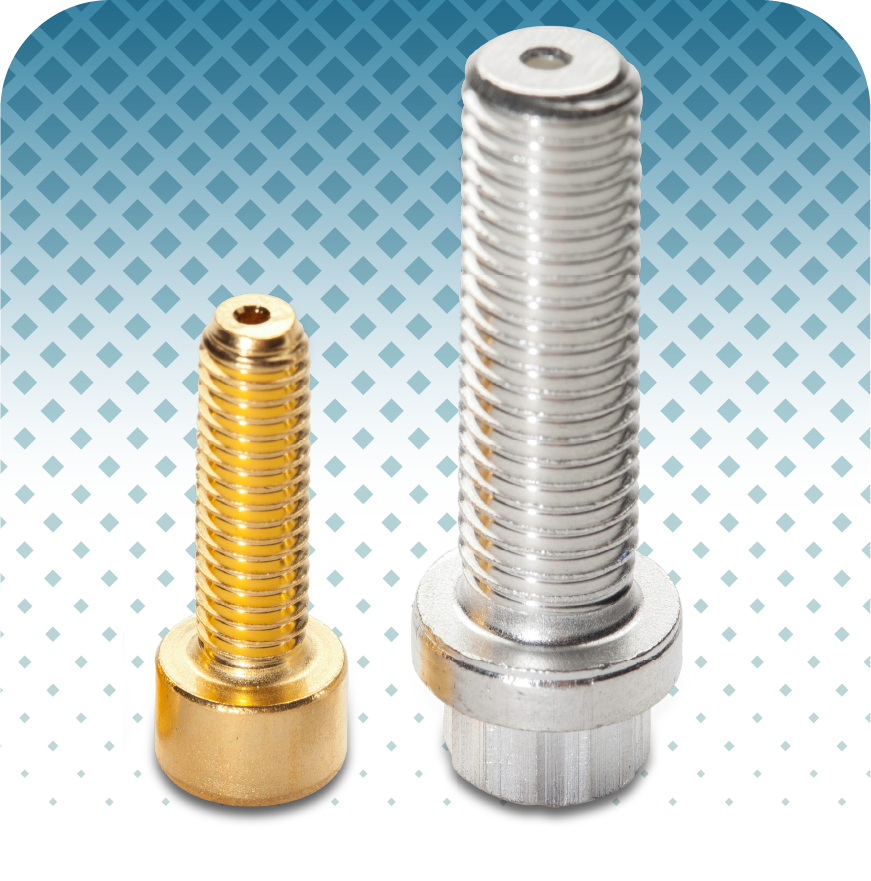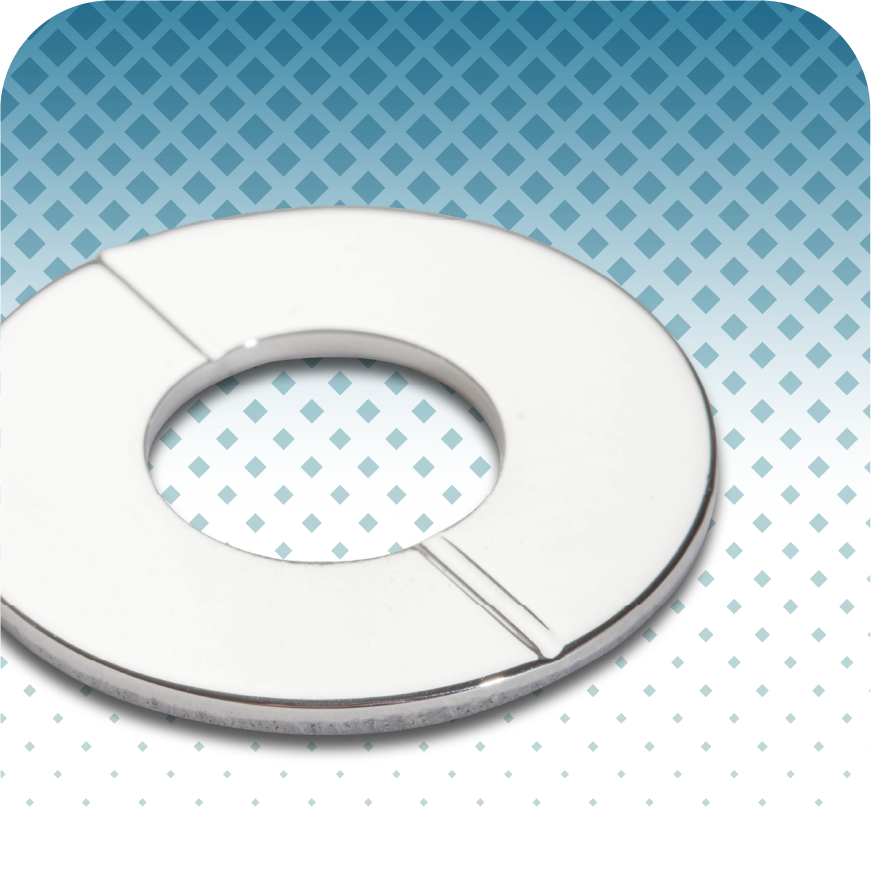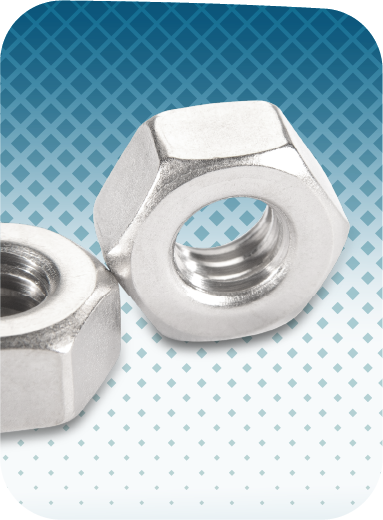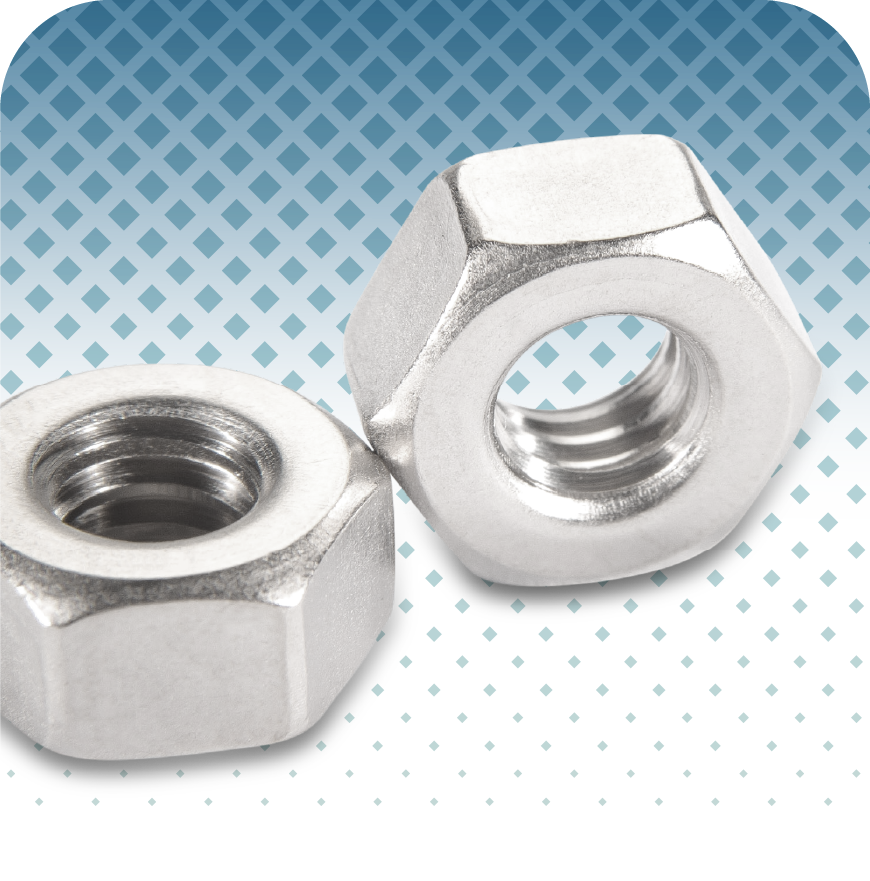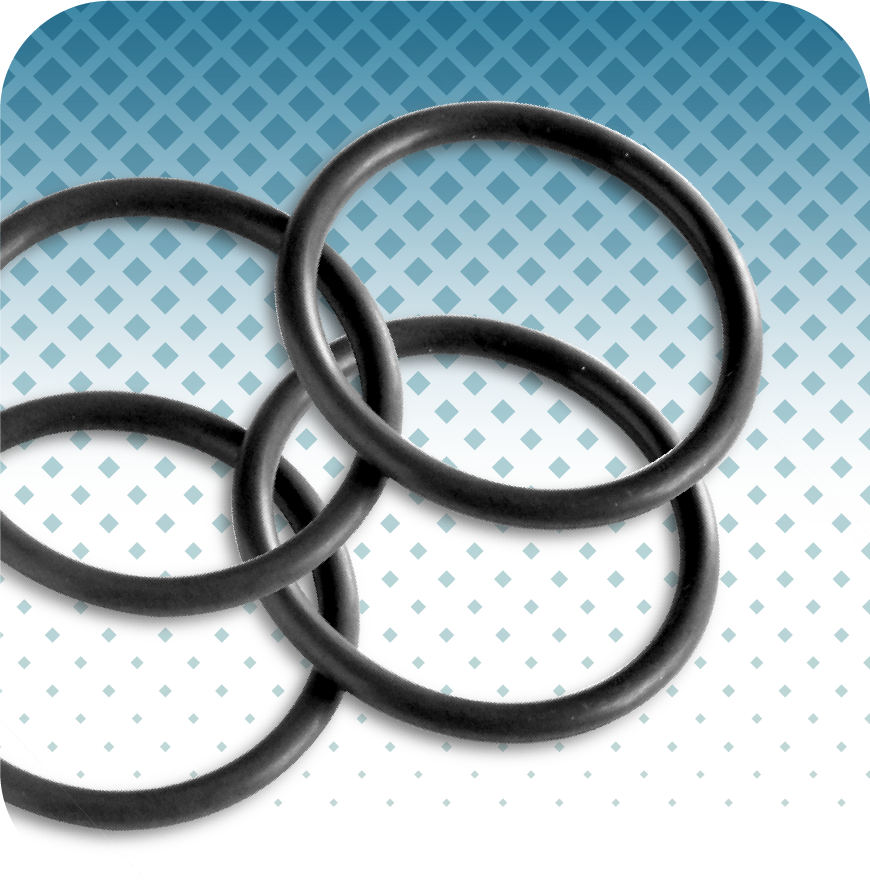
Frequently Asked Questions
When tightening down a screw, small stress fractures occur; removal of the fastener causes additional stress. With repeated use, a fastener will eventually fail. Additionally, many vacuum processes leave behind materials which build up on the fastener, then flake off, causing particulate contamination and, subsequently, reduced yield. The savings gleaned from screw re-use are often not worth the ramifications of screw failure.
In High Vacuum and Ultra High Vacuum systems, like materials can become cold-fused together—called galling—due to thermal expansion and the lack of moisture created by the vacuum. Screws threaded into blind tapped holes are commonly affected by galling, and components made of stainless steel are especially susceptible.
Outgassing, also called offgassing, refers to the release of gas that has become trapped, frozen, dissolved, or absorbed in another material. If left in a high-vacuum system, the gas will eventually condense on sensitive equipment and other surfaces, which could potentially render the system inoperable. Outgassing is a common problem when creating, or maintaining, a clean high-vacuum environment. A significant source of contamination in HV and UHV systems is outgassing from water and volatile organic compounds.
Anything within a vacuum system that hurts, or inhibits, what you are trying to accomplish with the vacuum technology is considered a contaminant. There are two categories of contaminants – ones that are introduced into the system during normal operation and ones arising from the system components within.
UC Components’ vented screws provide a path for trapped air to be pumped away from the bottoms, sides, and shoulders of blind-tapped holes. This allows for faster, more thorough pump-down of vacuum systems and eliminates virtual leaks and potential contaminants found in these voids. RediVac® vented screws promote higher system throughput and improved yield.
A virtual leak is a source of gas that is physically trapped within the chamber with only a small, very low-conductance path from the trapped pocket of gas into the chamber.
A blind tapped hole inside a vacuum system leaves residual air space at the bottom that cannot be fully evacuated in the vacuum cycle when a bolt, screw, or other fastener is threaded into the hole. Moreover, a screw is a helix with a large surface area also containing voids of trapped air.
Particulate sensitivity is often an issue in vacuum applications, notably semiconductors and optics applications. As a result, it is vital to minimize particulate generation, which may negatively impact the process. A straightforward option is to replace a split lock washer with a Vented Flat Washer from UC Components, Inc.
Much like a vented screw, both a vented flat washer and a split lock washer provide a path for air or gas trapped along the threads, shoulder, and bottom of a tapped hole with a fastener screwed into it, eliminating the potential for a virtual leak.
While a split lock washer can provide tension that may be required in a given application, its design has a sharp edge that, when a fastener is screwed or turned on top, may scrape either or both surfaces generating particulate. A vented flat washer does not have this edge.
Vented flat washers are the preferred choice for particulate-sensitive vacuum applications, as they help to minimize particle generation and reduce the risk of contamination.
- Electronic enclosures: Vented screws can be used in electronic enclosures to prevent the buildup of pressure due to temperature changes and protect sensitive components from overheating.
- Automotive parts: Vented screws can be used in automotive parts to equalize pressure and prevent moisture buildup in the engine and other critical systems.
- Aerospace components: Vented screws are used in aerospace components to improve airflow and reduce pressure differentials that can cause structural damage.
- Medical devices: Vented screws can be used in medical devices to equalize pressure and prevent contamination during sterilization.
- Industrial equipment: Vented screws are used in industrial equipment where a hole in a screw can provide other uses besides vacuum or pressure. Equipment such as:
- Sprayer nozzles (in some applications),
- Suspension of lighting fixtures,
- Facilitate fibers or cable pass-throughs,
- Fabricate optical or pressure sensors,
- And more.
Yes! We know how frustrating it is when you cannot get in touch with a live person when you need assistance or have questions. At UC Components, Inc. your call is important to us and we truly take service to the extreme. When you call us, you will get a live fastener specialist, not an order taker or machine. We only have one machine connected to our phones, our voicemail system, which only picks up after business hours or on federal holidays (and the occasional midday company event). Have a question? Not quite sure what you need for your application? A live UC expert is waiting for your call between 6am and 4pm PST, and will help you find the perfect part and finish. From student to scientist, no UC customer is ever too small – and no job too big. We say what we do, and do what we say, RediVac® counted, cleaned, consistent. Contact UC Components, Inc. today!

